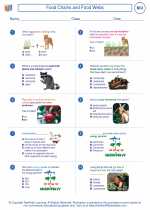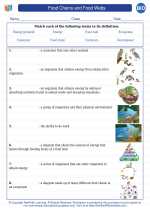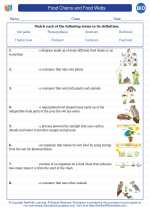Vascular Tissue
Vascular tissue is a complex conducting tissue found in higher plants, consisting of the xylem and phloem. These tissues are responsible for the transport of water, nutrients, and other substances throughout the plant.
Xylem
Xylem is the tissue responsible for transporting water and minerals from the roots to the rest of the plant. It is composed of tracheids, vessel elements, fibers, and parenchyma cells. Tracheids and vessel elements are elongated cells that are dead at maturity and form tubes for the transport of water and minerals. The movement of water through the xylem is primarily driven by transpiration, the loss of water vapor from the plant through tiny openings called stomata.
Phloem
Phloem is the tissue responsible for transporting sugars, amino acids, and other organic compounds produced through photosynthesis from the leaves to the rest of the plant. It is composed of sieve tube elements, companion cells, fibers, and parenchyma cells. The movement of sap through the phloem is primarily driven by pressure flow, where sugars are actively transported into the sieve tube elements, creating a pressure gradient that pushes the sap along the phloem.
Study Guide for Vascular Tissue
To effectively study vascular tissue, it is important to understand the structure and function of xylem and phloem, as well as the processes that drive the transport of materials through these tissues. Here are some key points to focus on:
- Identify the components of xylem and their functions in water and mineral transport.
- Describe the process of transpiration and its role in driving water movement through the xylem.
- Explain the structure of phloem and the roles of sieve tube elements and companion cells in sugar transport.
- Understand the process of pressure flow and how it facilitates the movement of sap through the phloem.
- Compare and contrast the functions of xylem and phloem in the overall transport of materials in plants.
Additionally, it can be helpful to explore the adaptations of vascular tissue in different plant species and how environmental factors can impact the efficiency of water and nutrient transport. Practical activities such as observing plant sections under a microscope and conducting experiments related to water uptake and transport in plants can also enhance understanding of vascular tissue.
[Vascular Tissue] Related Worksheets and Study Guides:
.◂Biology Worksheets and Study Guides High School. Food Chains and Food Webs

 Worksheet/Answer key
Worksheet/Answer key
 Worksheet/Answer key
Worksheet/Answer key
 Vocabulary/Answer key
Vocabulary/Answer key
 Vocabulary/Answer key
Vocabulary/Answer key
